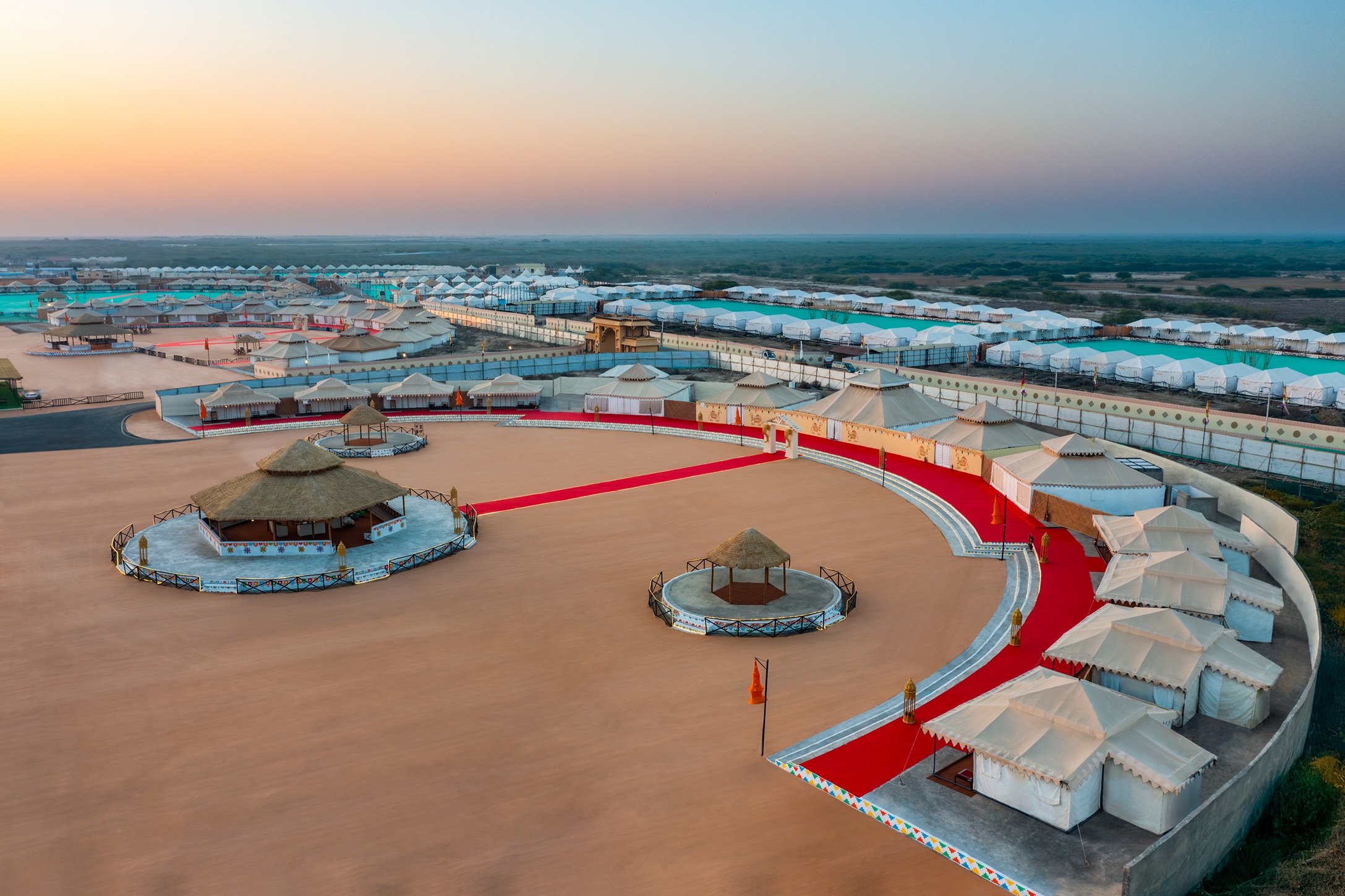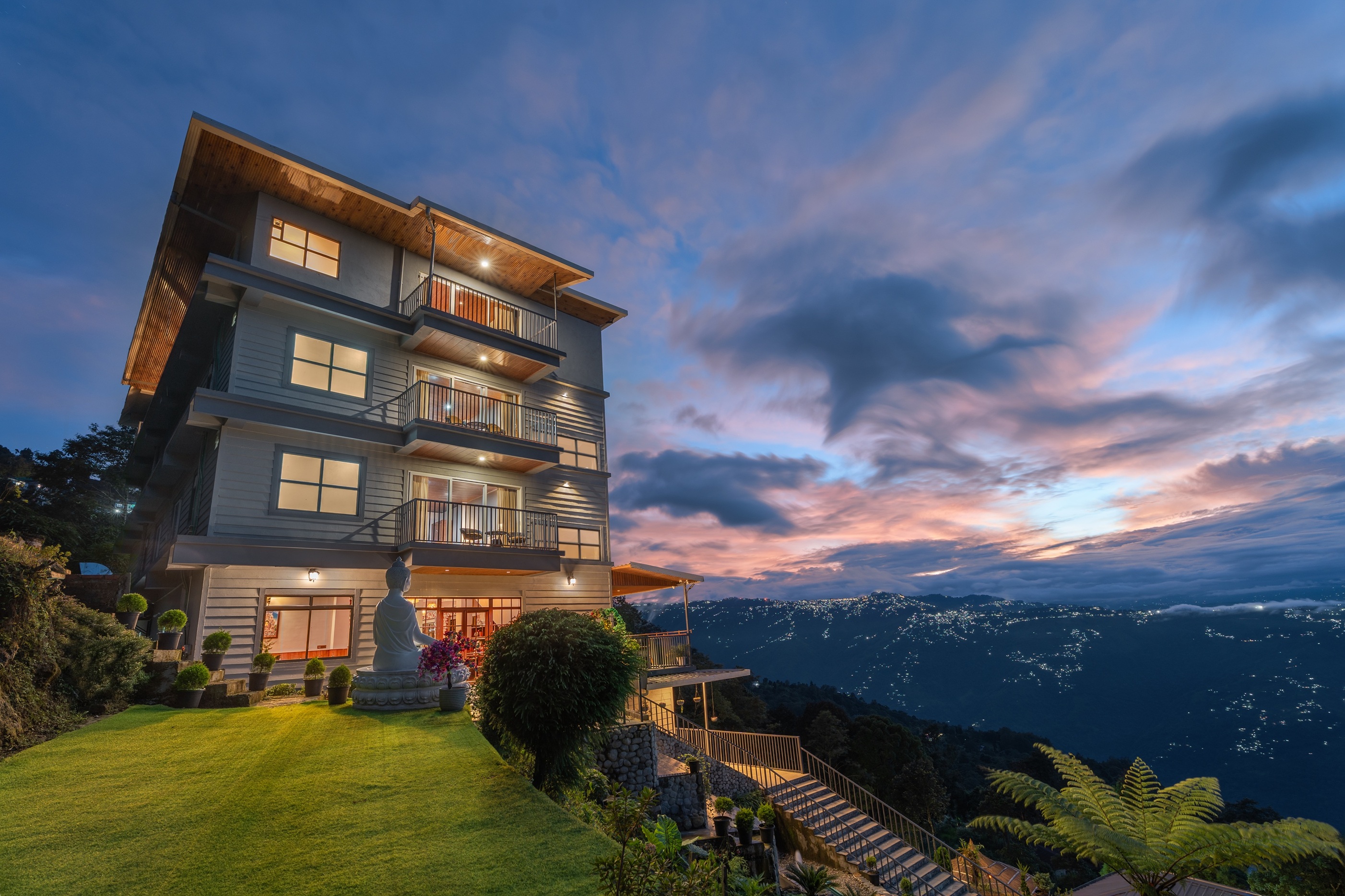Showing signs of recovery, the hospitality industry in India witnessed a growth of 84.7% in Revenue Per Available Room (RevPAR) during Q2 2021 ( April-June) as compared to Q2 2020, according to JLL’s Hotel Momentum India (HMI) Q2 2021. While Mumbai witnessed the highest growth in occupancy level registering 17.7% increase in Q2, Goa yet again emerged as the RevPAR leader in absolute terms in Q2 with a growth of 360.1% as compared to the very low base of Q2 2020. Additionally, Chennai witnessed 99.6% growth in RevPAR followed by Hyderabad with 89.6% increase compared to the same period of the previous year.
The Year on Year (Y-o-Y) growth witnessed in the sector during Q2 2021 is primarily due to the low base effect of the complete nation-wide lockdown in Q2 2020. As restrictions were eased between the end of May and June, the industry saw a sharper recovery in leisure demand in comparison to the same period last year. The recovery of the sector has been primarily driven by branded chains in the leisure segment performing notably well. Guest preferences have changed significantly, and people are preferring to stay at secluded low-density properties.
“We expect the leisure and weddings segments to continue to drive the sector in the short to medium term. As offices open and travel restrictions ease further, along with the rise in the pace of vaccination, corporate travel is expected to gain momentum towards the end of the year. F&B dining though remains slow and continues to be driven by home delivery orders. Operations have become a very tricky affair with managing employees and costs given sudden demand fluctuations,” said Jaideep Dang, Managing Director, Hotels and Hospitality Group, South Asia, JLL.
Total number of signings in Q2 of 2021 stood at 20 hotels comprising 2,100 keys, which is three times the number of rooms signed in Q2 2020. Furthermore, domestic operators dominated signings over international operators with the ratio of 60:40 in terms of inventory volume. Demand and supply of operational inventory in six major cities increased by 186% and 14% respectively in the second quarter of 2021 as compared to the same period last year.










